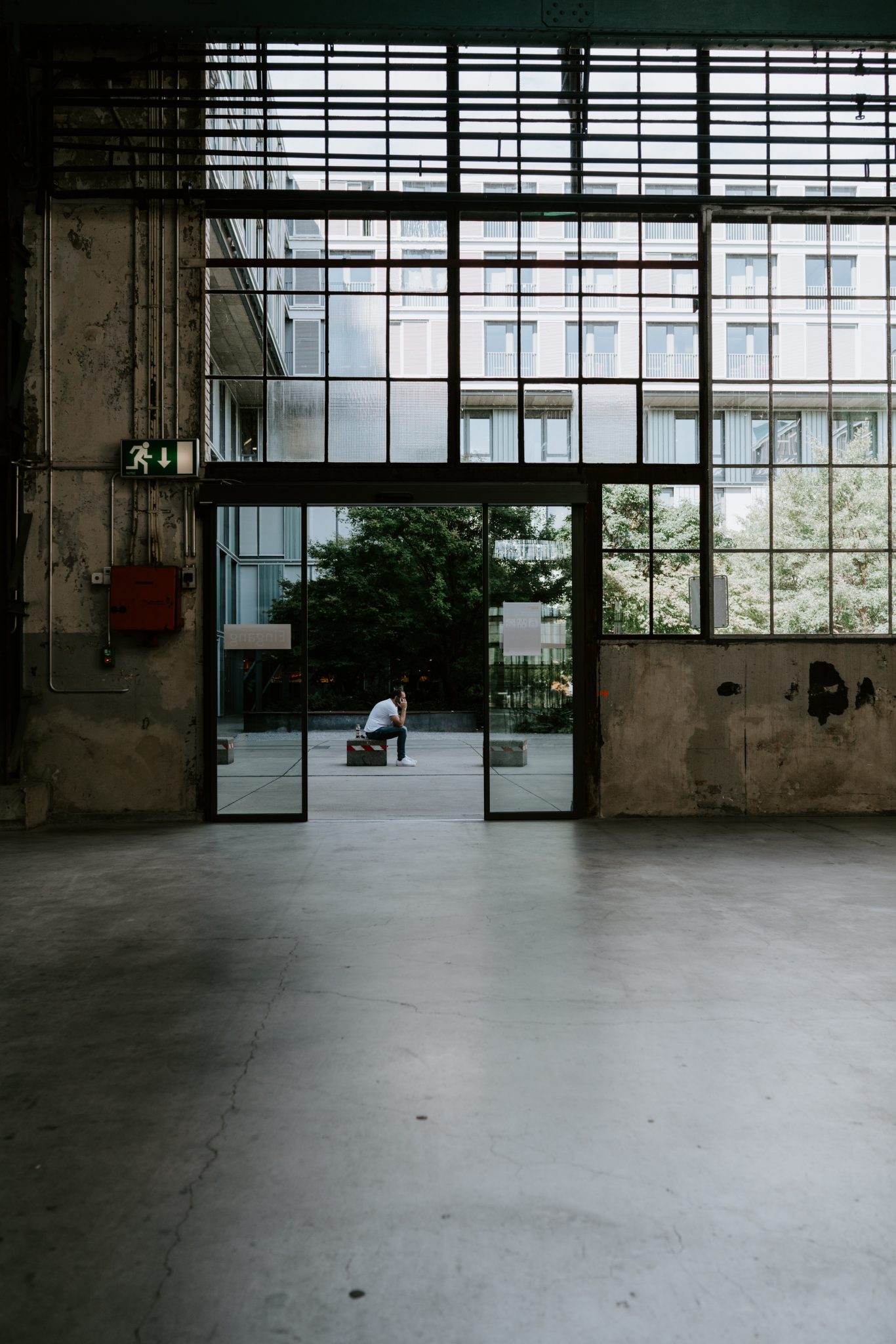Preparing your concrete can be time-consuming depending on the technique you prefer to use. The type and degree of preparation you will need before upgrading to a decorative finish also depends on the kind of concrete you will use. There are different things you should consider when preparing your flooring. Here is an easy guide to understanding concrete flooring and surface preparation.
Ground Preparation
The first step you should take is to ensure that you prepare the site where the concrete floor will be placed correctly. Measure the floor area accurately so that you know the exact amount of concrete required. You must have compact and solid ground to get a smoother concrete that will not crack. All plants and debris must be removed from the surface. After clearing the site, you need to determine the concrete surface profile (CSP) for proper bonding of the coatings and the overlays. As a rule of thumb, your profile needs to be aggressive if you have a thicker overlay or topping.
Another important thing you should consider is reinforcement for your concrete floor. The types of reinforcements vary depending on the load that your floor will bear. Steel mesh will be appropriate for house floors and other projects with low average weight loads. Reinforced rebars are required for commercial projects. The type of building will determine the reinforcement you need.
Creating the Surface Profile
The acceptable profiles range from CSP 4 to 6, and the higher ranges usually require roughening by scarifying or blasting. To achieve this, you need to use a special concrete flooring and surface preparation machine. Professional contractors at niagaramachine advise that to get the best results, you must use quality concrete grinding and polishing machines. You need to enlist the services of a specialist contractor if you want a floor that best suits your needs and that is done correctly. If you deal with an expert, they will give you all the advice you need to come up with a perfect flooring solution.
This is particularly important if you have a concrete project that has special or unique design requirements like a retaining wall. These special structures require more attention than a standard concrete floor. You can click here for more information on preparing and enhancing your concrete floors. Hiring a professional retaining wall contractor and installation services is crucial for the success of your project. It ensures that the wall is built properly and will withstand the test of time, providing a stable and functional structure for your property.
Surface Preparation
When you have created your concrete, the next step is to ensure that the surface is dry, clean, and free of dirt, oil, or dust. You cannot put the final coat or install an overlay on a dirt surface since this can lead to cracking or an unsightly appearance. You can clean the surface using a broom or vacuum cleaner which can also be complemented by using a wire brush or sander to remove all loose materials. If you want to apply an epoxy coating, you can use chemical cleaning.
The contractor should also ensure that the fresh layer of concrete is ready to receive the final coating system. When you clean the surface with water, it is imperative to check that the moisture level is appropriate for coating. When you apply a coating to a damp coating, moisture will be trapped inside the slab and can create problems down the road. If that happens, the salts in the concrete will be dissolved, making it alkaline. Alkaline moisture attacks both the coating and slab which leads to premature damage to the flooring. If the slab does not have a membrane that separates it from the soil, moisture will accumulate in the slab leading to pressure buildup. This pressure will force the moisture up the slab, which will cause blisters, bubbles, and other undesired defects.
Use Proper Adhesion
When applying your coating, make sure the slab is roughened, and you can achieve this by using both chemical and mechanical methods. As indicated above, steel shot blasting is applied to remove previous coatings. You can use a solution made from water, phosphoric, or muriatic acid to do etching. When the concrete is ready for coating, prime the surface first using an appropriate primer. The method of surface preparation determines the type of primer you can get. Both chemically treated surfaces and mechanically prepared slabs require different types of primers. You may need to apply two coats depending on the porosity of the concrete surface.
Concrete Flooring Aftercare
When you have performed all the steps above and your coating is in place, you need to look after your new floor properly. Make sure you keep the floor clean and use quality detergents to remove stains. Avoid scratching the surface if you want to maintain your flooring in good condition over a long period.
The flooring of your home forms its foundation, so you must choose the ideal type which can last for a long time. Concrete flooring offers many benefits to homeowners, but there are different things you should understand about this method. You need to prepare the surface carefully to ensure that the final coating is perfect and lasts you for years to come.


